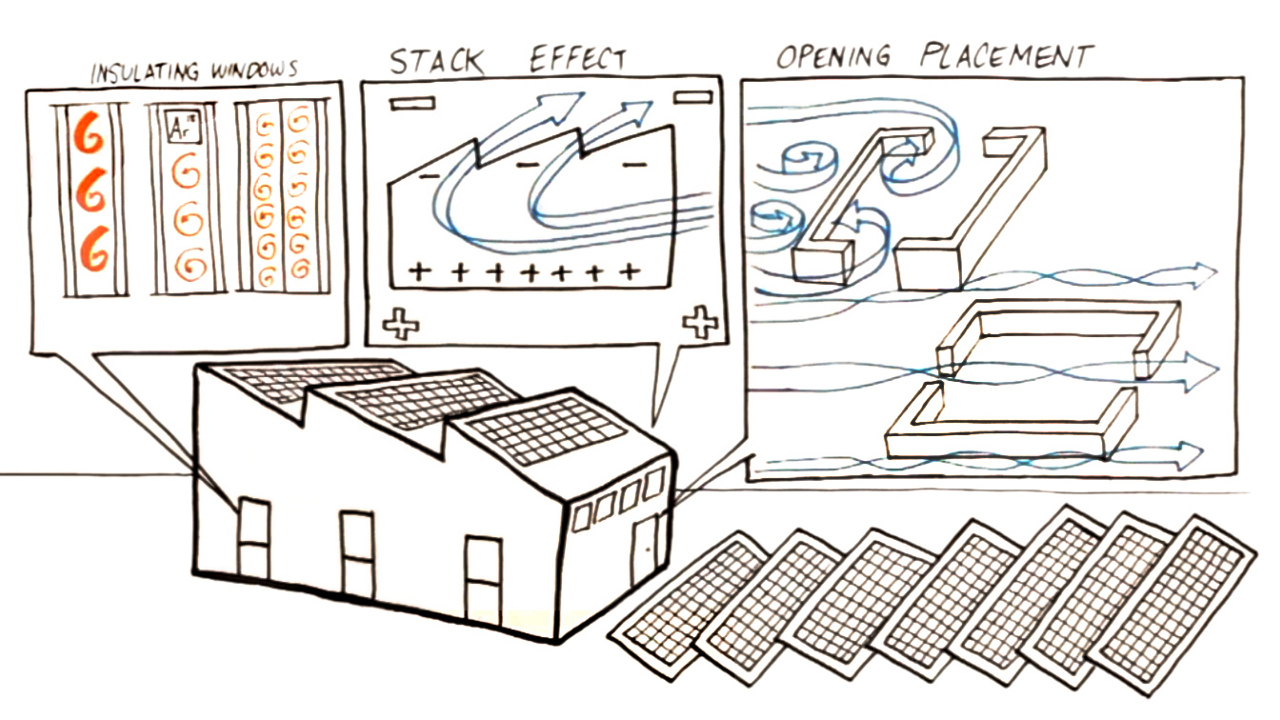Net Zero
Software
Understanding heat transfer fundamentals and how they translate into energy flows in a building is critical when designing high performance buildings. Learn about the different forms of heat transfer, material properties like U-factor and R-value, heating and cooling loads, energy use intensity, and the difference between site and source energy.
Mechanical Heating, Ventilation, and Air Conditioning (HVAC) systems help keep building occupants comfortable when passive design strategies aren’t enough. To design efficiently, don’t oversize the system, choose efficient components, and optimize the whole system.
Getting smart about lighting is an important step to designing energy efficient buildings. Learn how to use daylighting, achieve proper light quality, and provide good controls to reduce energy demands and make people happier. The sun is predictable and daylight can be a very reliable source of light. Sunlight, views, and daylight are different though, and need to be carefully managed.
Passive design strategies can help reduce your building’s energy demands by using energy available from natural sources such as geothermal heat, sunlight, wind and cool air. Learn how to use convection, conduction, and radiation to design passive systems.

